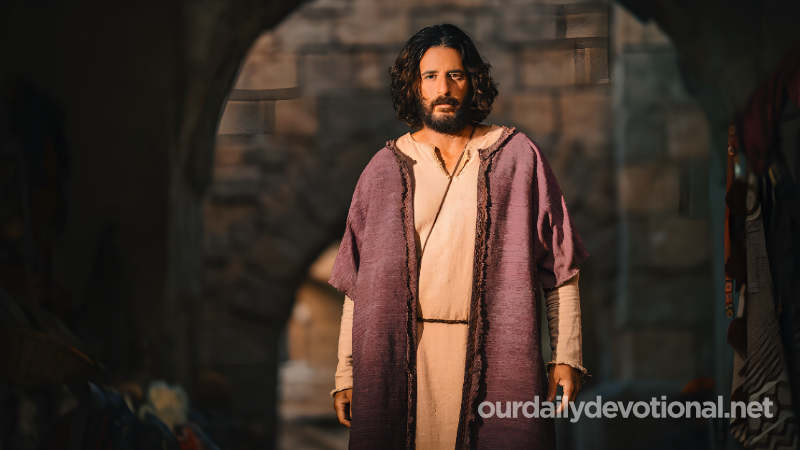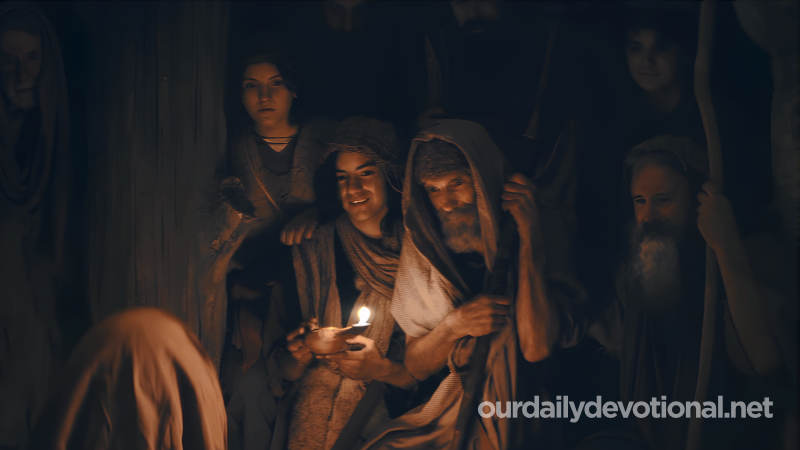In the Hebrew Scriptures it is found in the third division, that of the hagiographers, immediately after Ezra and before Chronicles. In the Jewish canon, the books of Ezra and Nehemiah form a unity.
(a) Content.
Nehemiah, informed of the state of Jerusalem (Neh. 1), obtains from Artaxerxes, king of Persia, permission to go there for a time as the monarch's delegate (Neh. 2; cf. Neh. 2:6).
Upon his arrival he sets the people to rebuild the fortifications (Neh. 2:17). The names of the volunteer workers are recorded in chapter 3. The governor is forced to arm them, because of the opposition of the Samaritans (Neh. 4), and represses the greed of some Jews who oppressed their poor compatriots (Neh. . 5).
He finishes the restoration of the fortifications, despite the intimidation maneuvers of Sanballat and Tobiah and the secret help that the nobles of Judah gave them (Neh. 6). Nehemiah next attempts to increase the population of Jerusalem, which can accommodate many more people than he shelters (Neh. 7:4). He gathers together the nobles and the princes of the people:
(A) to take a census and examine their genealogies,
(B) to designate who will have to come to live in Jerusalem.
Nehemiah uses the genealogical record of those who had come first with Zerubbabel (Neh. 7:6-73), which is the list given in Ezra. 2. Before finishing the census, everyone goes to Jerusalem to celebrate the festival of the seventh month (which corresponds to Sept./Oct.) and which marks the new year.
It is demanded that the Law be read; Upon learning that he must dwell for eight days under huts made of bowers, he decides that this prescription must be fulfilled (Neh. 8). Next, the Israelites observe a solemn day, confessing their sins, particularly intermarriage (Neh. 9).
They commit themselves, setting their seals to a covenant, to obey the Law of God and not to unite with the pagans. Chapter 10 mentions the names of those who subscribe to this pact. The census is resumed and the question of repopulating Jerusalem is resolved by the method of casting lots: one in ten of the inhabitants of Judea is forced to go to Jerusalem to live there with the princes (Neh. 11:1, 2). The list of the families of Jerusalem is found in Neh. 11:3-24.
The names of the priests and Levites who first returned with Zerubbabel are given in Neh. 12:1-9. In verses 10 and 11 the names of the high priests appear from Jeshua (Joshua, cf. Zech. 3) and Jaddua. Verses 12-21 list the heads of the priestly families of the generation after the return from exile.
The leaders of the Levites of the same period and somewhat later are listed in verses 22-26. Verse 27 et seq. They talk about the festival of the dedication of the walls. During the absence of the reformer, returned to the court of Persia, abuses occur: the Levites are not given the portions to which they are entitled (Neh. 13:10); compromises have been made, instead of strictly observing the Sabbaths (Neh. 13:15); mixed marriages have not been totally renounced (Neh. 13:23). Upon returning, Nehemiah rectifies all disorders.
(b) Author of the book.
The title attributes this writing to Nehemiah (Neh. 1:1). Furthermore, the governor of Judea always uses the first person except when:
(A) cites state documents and their records (Neh. 10:1; 12:26);
(B) when, expounding the religious work of Ezra, he mentions the presence of Nehemiah, civil governor, and other authorities (Neh. 8:9);
(C) when he speaks of his time, after having alluded to the times of David, Asaph, and Zerubbabel (Neh. 12:47). In this passage the use of the third person is in more good taste than that of the first, because these are gifts given by Nehemiah. Furthermore, that section deals retrospectively, after Nehemiah's return to the court of Persia, with what happened during the twelve years of his previous administration.
(c) Criticism.
Certain critics estimate that the book of Nehemiah would be the work of a later chronicler who would have written 1 and 2 Chronicles and Ezra and Nehemiah around the year 330 BC, that is, long after the time of these characters.
However, this is a baseless position. It is a much stronger position to place the writing of Nehemiah towards the second half of the 5th century BC. Critics also argue about whether the book of Ezra preceded or followed the book of Nehemiah.
Since Jewish tradition and the title of the book recognize Nehemiah as the author, it can be admitted that the section from Neh. 1:1 to 7:5 (written in first person) constitutes an extract from his memoirs; It seems evident that it has been put into the book without any changes.
Other fragments of his same memoirs are found in Neh. 11:1-2; 12:27-43; 13:4-31. The work also contains earlier documents that have been incorporated into the author's text (e.g., Neh. 7:6-73 a). The rest of the book is based on historical documents and sources.
The title of Tirshatha given to Nehemiah (Neh. 8:9; 10:1, cf. V.M., margin) is the exact Persian term for "governor."
Meaning of NEHEMIAH (Book)
In the Hebrew Scriptures it is found in the third division, that of the hagiographers, immediately after Ezra and before Chronicles. In the Jewish canon, the books of Ezra and Nehemiah form a unity.







